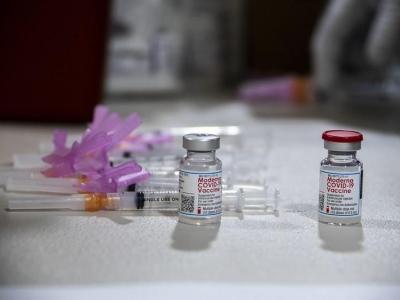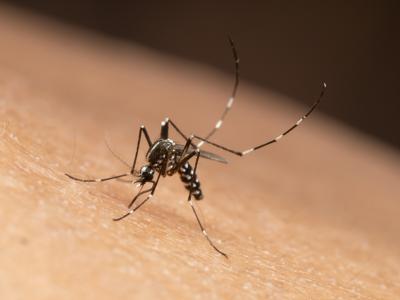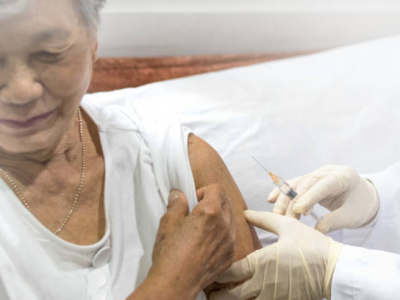Apr 18, 2013 (CIDRAP News) – The Centers for Disease Control and Prevention (CDC) today released initial antiviral guidance to help health workers prevent and manage H9N7 avian flu cases that may one day be detected in the United States.
In a clinicians conference call today, Alicia Fry, MD, MPH, said though there have been very few cases of suspected human-to-human spread of the virus in China, the CDC is monitoring the situation closely there and is looking for cases in the United States. She added that the agency is especially monitoring for people who get sick after traveling to China or who were exposed to someone who was infected with the virus.
So far no cases have been detected in the United States or any other country outside of China.
Fry, an epidemic intelligence service officer with the CDC's National Center for Immunization and Respiratory Diseases, urged clinicians to keep a high index of suspicion in people who have exposure histories, because H7N9 infections have ranged from mild to severe, and some illnesses have been detected in young children.
Clinicians should obtain nasal or throat swabs, she added, as well as lower respiratory specimens if patients have pneumonia symptoms, and forward them to their state health department, which can facilitate sending them for testing at the CDC.
For now the CDC houses the only lab that can confirm H7N9, though the agency is working on test kits to distribute to states, she said.
In the antiviral guidance released today the CDC urges clinicians to start oseltamivir (Tamiflu) treatment if an infection is suspected and not to wait for lab confirmation. Fry said antiviral treatment should start as soon as possible, even if it's beyond the 48-hour time frame when the drug has shown to be most effective.
All hospitalized patients should receive the drug, and for outpatients, the CDC advises a more aggressive approach than for seasonal flu. People who have suspected, probable, or confirmed H7N9 infections should be treated with oseltamivir, regardless of whether they have underlying medical conditions.
The early recommendations don't address prophylaxis in contacts, but Fry said the CDC is working on guidance. She advised clinicians who identify close contacts of patients to contact the CDC, which will walk them through the process.
David Kuhar, MD, a medical officer with the CDC's Division of Healthcare Quality Promotion, shared details of the CDC's guidance for H7N9 infection control, which it released on Apr 11. He said the CDC recommends a higher level of infection control for the new virus because the illnesses from H7N9 can be severe and lethal and because there's not a safe and effective vaccine.
See also:
Apr 18 CDC H7N9 interim antiviral guidance
Apr 11 CDC H7N9 interim infection control guidance




















